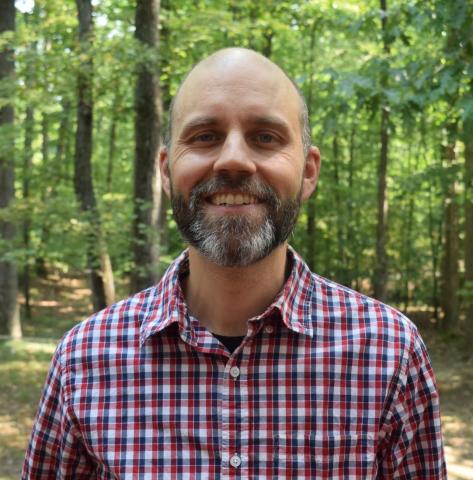“Focus on the Relationship.”
The name of my Primary Care Transformation Fellowship Project reflects my belief that primary care medicine is best when it is personal and grounded in a relationship. While acute episodes may arise, the continuity of a care relationship helps achieve better prevention, planning, incremental decision-making, and management decisions. Providers can see their patients benefit from care. Patients find providers who understand what is most important to them and approach them, their decisions and dilemmas as unique individuals.
Although relationship-centered care remains an ideal in graduate medical training, it is only sometimes the reality. Primary care residency clinics face multiple barriers to achieving relationship-centered care. Imagine a practice where provider turnover is perennially 33 %, where primary care providers are in clinic on average two out of every six weeks, and sometimes are away for two or more months; where a last-minute personnel matter can regularly scuttle visits scheduled weeks in advance. Fewer than half of residents’ appointments occur with patients on their primary care panel. These are the realities of an Internal Medicine residency practice. These are the constraints within which my colleagues at the Duke Outpatient Clinic and I are striving to create an environment where trainees can thrive in primary care. All residents training in internal medicine– regardless of their career trajectory– need the experience of knowing and caring continuously for their primary care patients.
So, where to start? First, by design we intend residency practices to have rapid provider turnover. None of us wants our residents to miss graduating from residency. We want them to move on at the end of a rich and rewarding clinic experience, carrying with them knowledge and skills, as well as a well-earned set of lessons and stories coming from their panel of primary care patients. How do we structure clinic to help provide these? We began by looking at the transition between outgoing and incoming residents.
Transitions for Departing Residents
We have encouraged outgoing residents for years to compile a list of high-needs patients and write a handoff. However, several barriers prevented the best use of these handoffs. First, senior residents had no time for written handoffs. To address this, we proactively arranged half-day administrative sessions for each departing resident, beginning four months before his or her departure. Second, residents generally came to the task unfamiliar with exactly who was on their panel of patients. To help, we provided each senior resident with a list generated from the electronic health record. Third, senior residents lacked a structure for thinking about their panel. To this end, we developed a spreadsheet and survey matrix for identifying patients, their needs, and a template for recommendations for transitioning their care, and any language or cultural needs. Each senior resident selected 3-5 of his or her high-needs patients. The high-needs patient list became the target for transitions to incoming residents.
Transitions for Incoming Residents
We recognize that effective care transitions requires focusing time and attention on a particular cohort of patients. With over 1200 patients on the panels of 18 outgoing senior residents in our clinic, we chose to concentrate our efforts on the 126 patients selected by these residents. When new residents arrived in late June, we provided each incoming resident with a list of high-needs patients on their panel, and encouraged them to review the departing senior’s handoff note during orientation. Beginning with their first clinic sessions, our service access manager and schedulers scheduled patients from these high-needs lists. We worked as a team to weekly track the number of high-needs patients who successfully completed visits. Twelve weeks into the academic year, 54 % of the high-needs patients identified have completed appointments with a new first- or second-year resident. We believe that we are paving the way for 2-3 years of continuity, improved care and relationship-based care.
Transitions for Patients
Now for the second arm of patient outreach. First, think of the patient’s experience with a transition: You have established primary care for the first time in many years, seeing your primary care providers a few times over the last year after a new serious medical diagnosis. You call to set up your appointment and find out he has moved and been replaced by someone new. We wanted to improve the experience of this transition by reviewing our process for patient outreach. First, we wanted patients to know where their doctor was heading. We sent letters to each patient transitioning to a new resident provider, which included personalized information about the post-residency plans (geographic location and future field of care) of their resident. We obtained transitions materials previously published by the University of Chicago that included a guide for patients having their first visit with a new provider, a certificate thanking patients for their role in training a physician, and an engaging cartoon explaining the process (1). We also used language preferences to send Spanish language version to patients identified in the chart as having Spanish as a first language.
The process continues. I am grateful to have another 10 months of the Primary Care Transformation Fellowship to fine-tune, improve, and sustainably implement our transformation: providing circumstances more conducive to fostering relationship-based care principles into the training of Duke’s internal medicine residents, one primary care patient at a time.
Patrick Hemming is a fellow with the Primary Care Transformation Fellowship Program. Email patrick.hemming@duke.edu with questions.
Editor’s note: Blogs represent the opinion of the author, not the Department of Family Medicine and Community Health, or Duke University.
